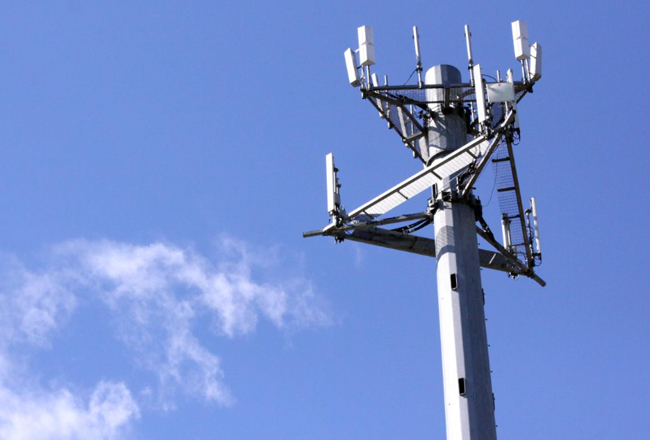That expanded opportunity is thanks to adding 4G fixed wireless access to the equation, as well as the addition of C-band spectrum to Verizon’s spectrum portfolio. C-band spectrum provides a broader reach. Initial 5G Home service was based on short range mmWave spectrum.
Verizon has suggested it will go on the offense with fixed wireless, hoping to take on cable company dominance in residential broadband access in major markets. Outside of its fiber footprint in the Northeast, Verizon has little wireline broadband assets to take on cable.
AT&T CEO John Stankey also shared some views on fixed wireless at the J.P Morgan conference yesterday. AT&T has not been a recent advocate of broad use of fixed wireless, but the company has a very limited fixed wireless offering for rural markets funded through the CAF program. It appears the company may try to build on that.
Stankey now says fixed wireless will play a larger role in the company’s future, although the strategy looks to be very different than Verizon’s take. AT&T appears to be looking to fixed wireless as a way to retire DSL in its non-fiber markets, rather than go on the offense in urban areas. The company has already stopped taking new orders for DSL.
Verizon CEO: Verizon Fixed Wireless is Key to Monetizing 5G

Both big telcos are apparently hoping to utilize C-band radio spectrum -- Verizon over its mobile wireless infrastructure -- to provide advanced telecommunications services to homes as a cheaper alternative to building fiber connections to them. For AT&T, it's a replacement strategy for its obsolete DSL over copper technology being discontinued.